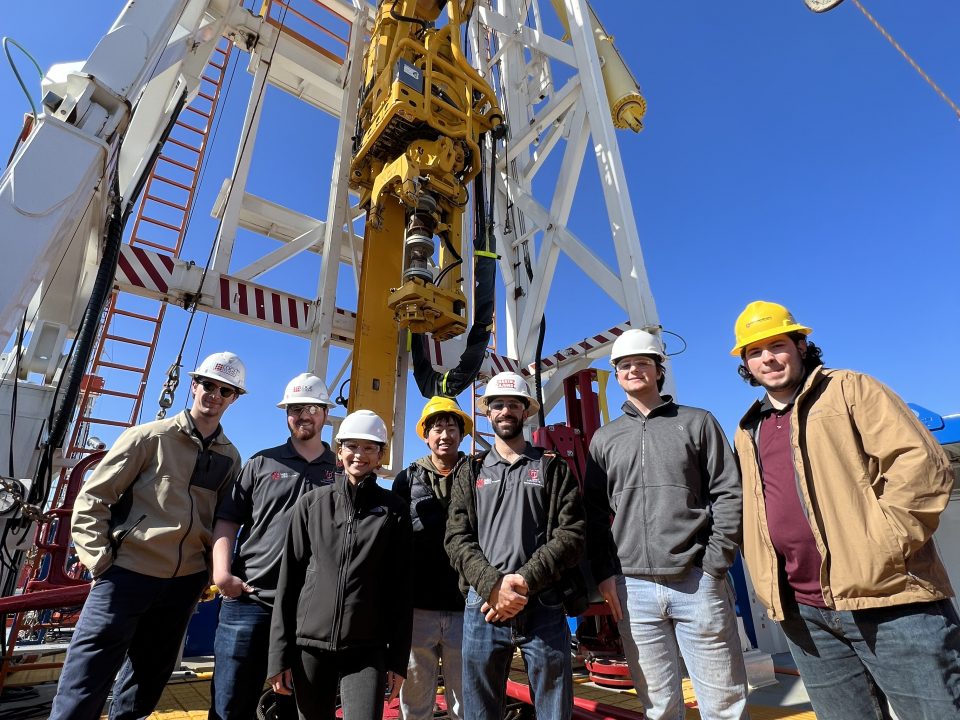Wire Rope Abrasion
Wire Rope Abrasion
Wire Rope Abrasion
Anything that moves is subject to wear, but much equipment wears out before its time because of neglect, abuse and bad operating practices.
A common example is wire rope. It is built with the realization that life and property may depend on its strength, and failures in operation are few. Good Inspection and replacement programs usually detect unsafe rope before it becomes an actual menace.
Overloading and jerking, unfortunately, are much too common, and often the ability of wire rope to take this punishment is reduced by abrasion.
Abrasion shows up first as small flat spots on the crowns of the outside wires. If the rate of wear seems excessive, check equipment and operating methods. Applying one or more of the suggestions that follow may slow down such wear.
Grade of steel: The harder the steel, the greater its resistance to abrasion. However, before changing to a harder grade, be sure you are not sacrificing flexibility and other qualities that may be needed by the job.
Sheaves and drums: Sheaves, winch drums, guide rollers, etc., should be inspected carefully. When roughened and corrugated by the passage of wire rope over them, they have a highly abrasive effect on the rope.
Of course, a certain amount of wear is Inevitable when the rope is wound over sheaves and drums, but much abrasion is avoidable. Keeping the sheaves and drums in good condition and preventing the rope from dragging over obstacles will lengthen its useful life.
Groove diameters: If a wire rope groove is too narrow, the rope will cut a wider channel and suffer considerable wear in the process. If too wide, the groove will not give proper support to the rope, permitting it to work from side to side.
For adequate support, contact between rope and groove should take in about 150 degrees of the rope’s circumference. There are sheave gages available that should be used when inspecting the sheave’s groove for wear.
Kinks and bends: These are common causes of deterioration. When wire rope is badly kinked or bent, the strands are more or less enlarged in the damaged area. This portion will wear much more rapidly than the rest. Once the damage has been done, it cannot be corrected. It can be avoided by handling the rope according to standard procedures recommended by the manufacturer of wire rope.
Scraping: When rope under tension is dragged over sharp-edged or rough surfaces, deterioration of the rope is often severe. Often this can be avoided by Installing protective rollers and guide sheaves.
Switching worn ends: In many installations one end of a rope takes more punishment than the other end. In such cases, its service can be lengthened if the rope is reversed after having been in use for half its expected service life.
Where wear at one end is much heavier, it may be advisable to provide for cutting off worn ends when they are no longer serviceable.
Ton-mile Cut-Off: This is the process of slipping wire rope after a predetermined ton-mile point or use is reached. If the ton-mile cut-off point has been reached, slip the wire rope. Don’t wait.




